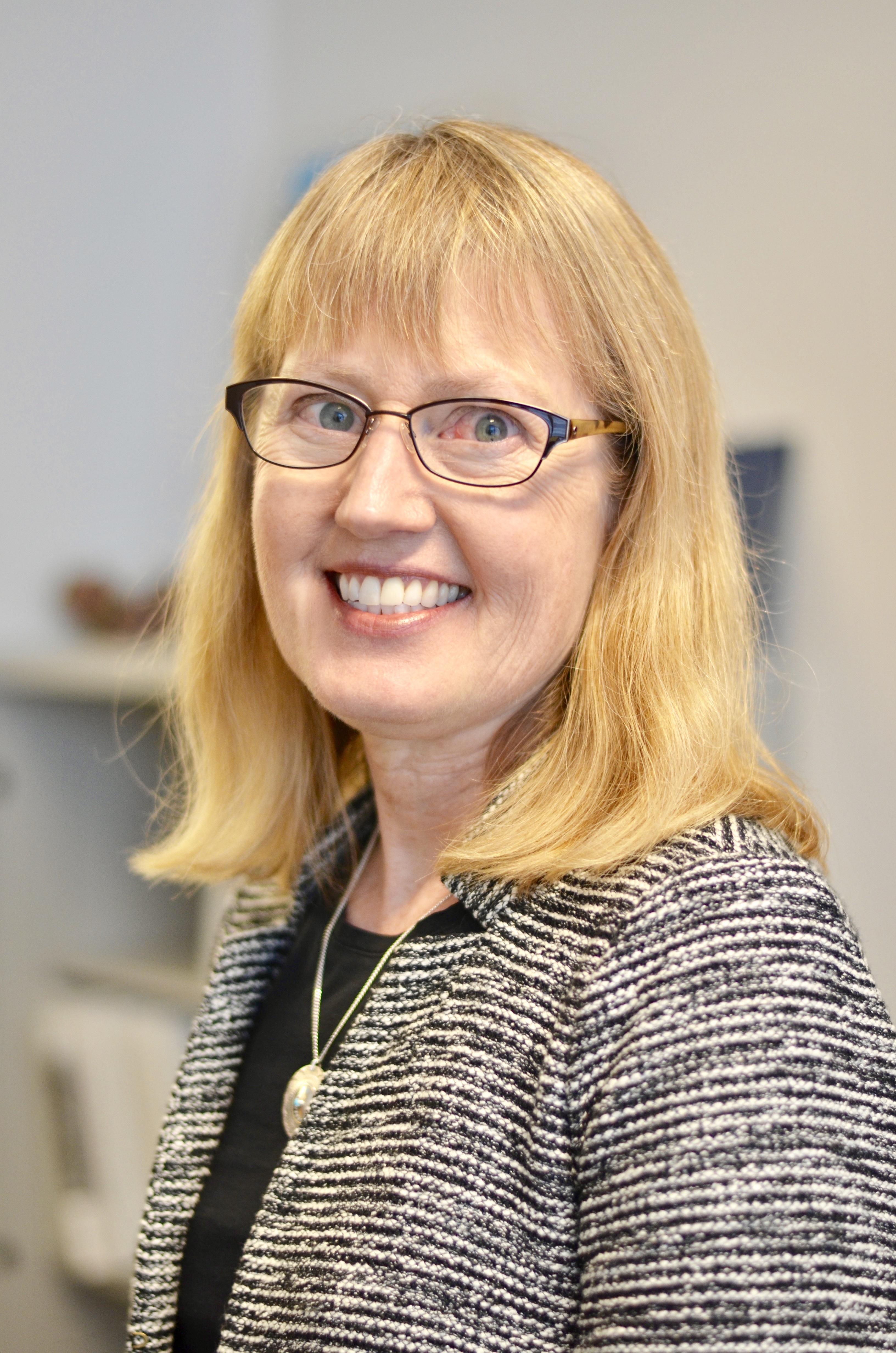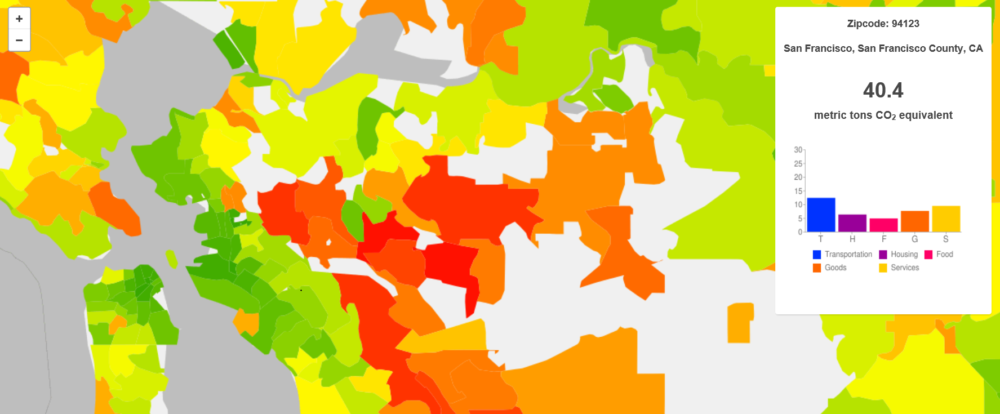By Yvonne Tevis.
Did you take the Cool Campus Challenge yet? It’s not just about saving the planet. It’s also about the evolution of an IT tool built by a UC grad student.
Chris Jones, director of the Cool Climate Network, was getting a master’s degree through the UC Berkeley Energy and Resources program in 2003. At the time, he said, “I was interested in understanding my own impact on the planet.” He couldn’t find a tool, though, to help him figure it out.
So he did what any UC grad student would do: He built his own – the first carbon footprint calculator to account for emissions from all household consumption.
That was just the beginning. During Ph.D. studies at UCB, he attended the first Behavior, Energy, and Climate Change Conference in 2007. It got him thinking more broadly, he said, “about how to engage people in climate action.”
And that question led him to expand the calculator into a bigger initiative – the Cool California Challenge, developed with the California Air Resources Board. This early version of the challenge was held among ten cities across California for two years in 2012 and 2013.
Participants measured things like their energy usage and their gas bill, and tracked emissions over a year. The winner, Jones said, got naming rights as the “Coolest California City.” Jones’ goal for the challenge was to engage people – making carbon calculation fun and social, letting people join teams, compete, and interact.
It was also cool that UC undergraduate students, working with Jones and his mentor Professor Daniel Kammen, created the software behind the challenge. They developed a free API for the calculator, which is hosted on UCB’s publicly available API Central. They continually made improvements to the software during the course of the cities’ competition, getting it in better shape for year two.
Fast forward to 2015, UC Berkeley sustainability manager Kira Stoll proposed the challenge as a good way to promote the UC Carbon Neutrality Initiative across the university. The challenge seemed just the ticket to engage UC personnel and “highlight the simple steps people can take,” explained Ryan Bell, associate director of sustainability at UCOP.
A systemwide work group was formed, including Stoll, Jones, other campus participants, and staff from the UCOP Department of Energy and Sustainability. Led by Jewel Persad, UCSB campus sustainability coordinator, the group organized the first Cool Campus Challenge for UC that year.
The focus was on making the competition “simple, fun, and social,” Jones explained. With 20,000 people signing up, taking an average of 6 actions to reduce their carbon footprints, it was a resounding success. Jones said it was the largest contest of this nature in the country to date.
Since 2015, the calculator backend has been upgraded, the software updated, and more social aspects added. For example, you can now see competitors’ (ahem, colleagues’) pledges without having to click on their names. Jones believes that, with all the upgrades, the software is market-ready for other organizations, schools, and businesses.
So sign up for the Cool Campus Challenge 2019 (it runs through April 26), and know you’re not just doing good by the planet, you’re supporting a UC innovation.
 Yvonne Tevis is editor of the UC IT Blog and chief of staff, Information Technology Services, at the UC Office of the President.
Yvonne Tevis is editor of the UC IT Blog and chief of staff, Information Technology Services, at the UC Office of the President.







